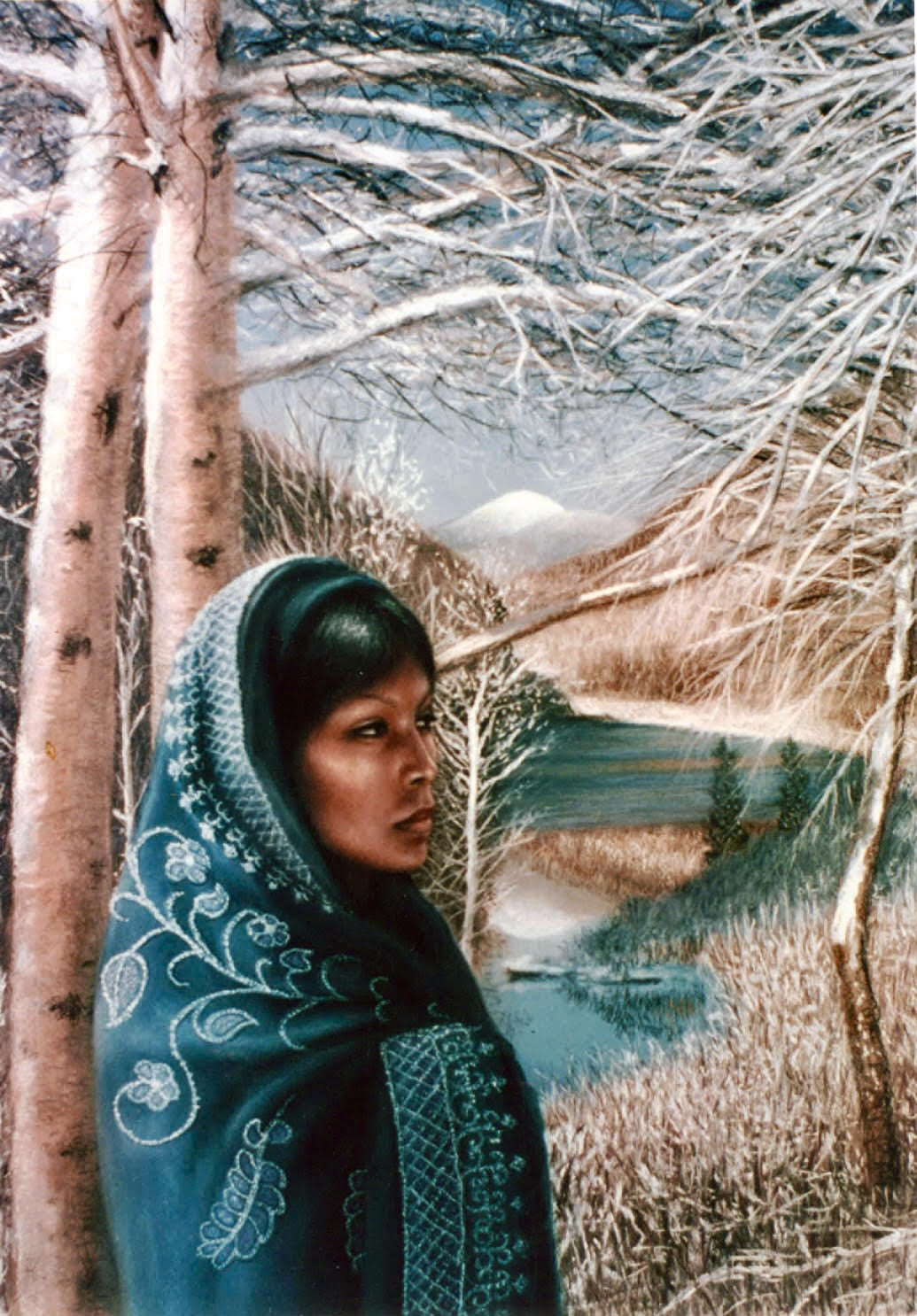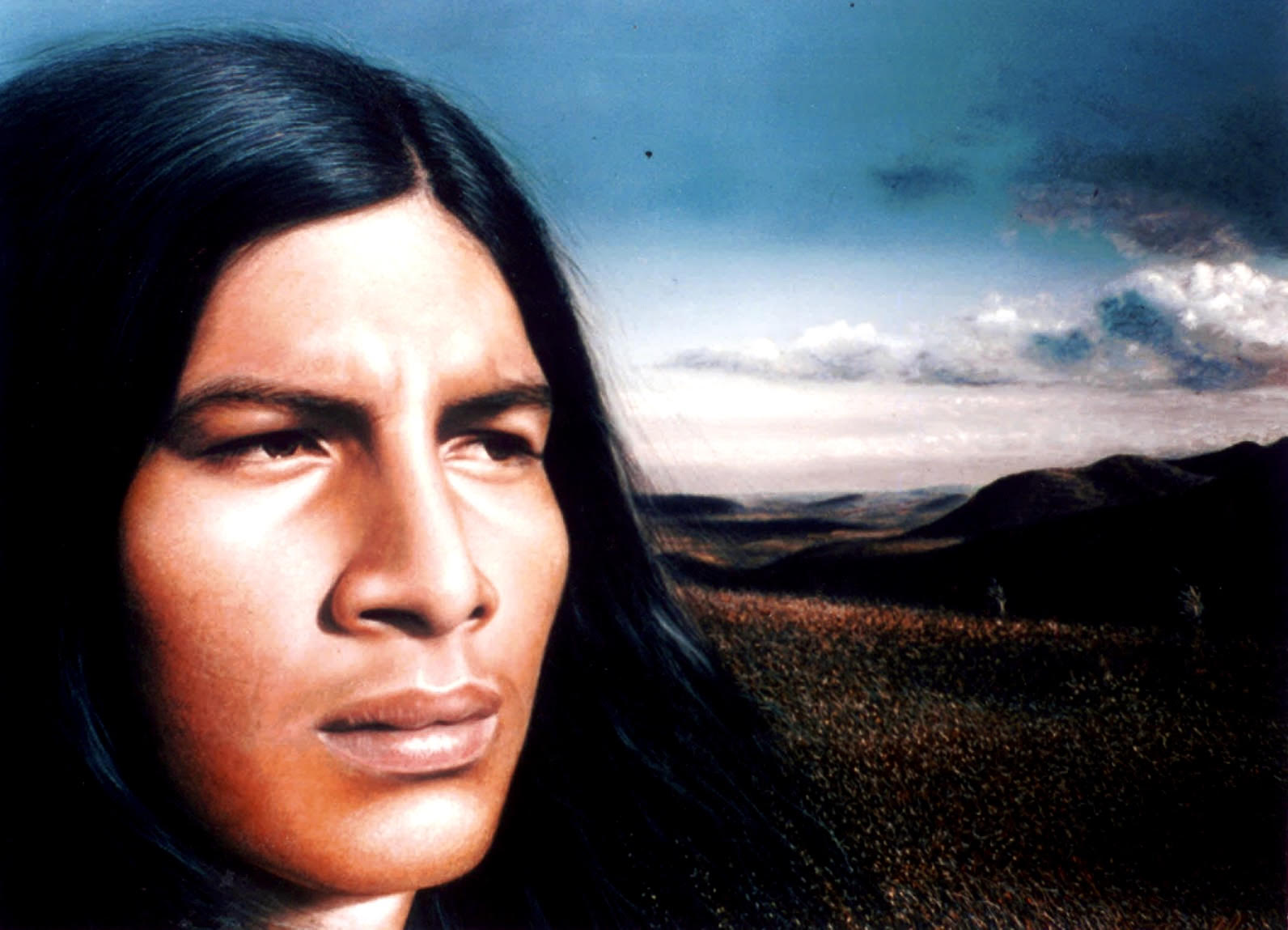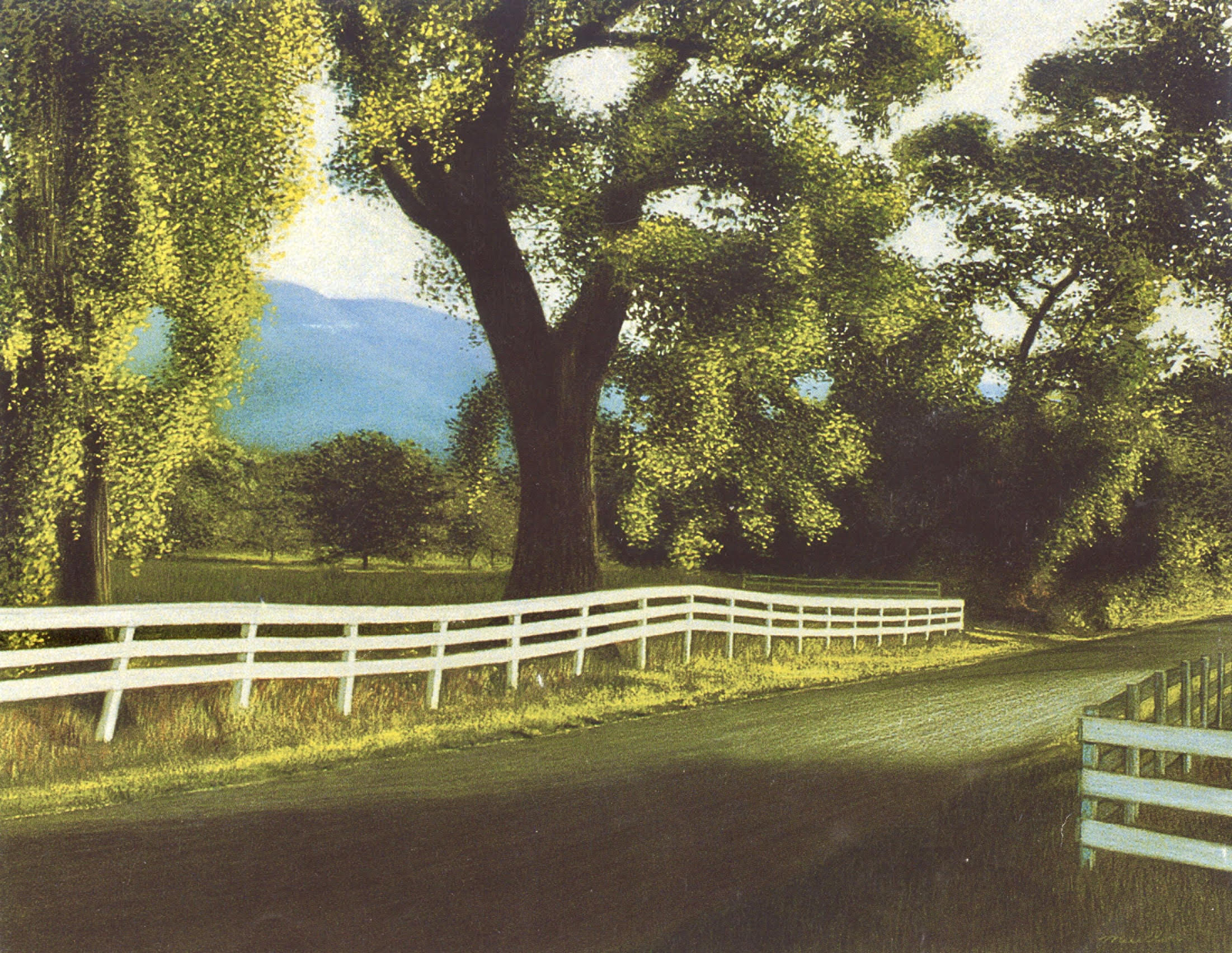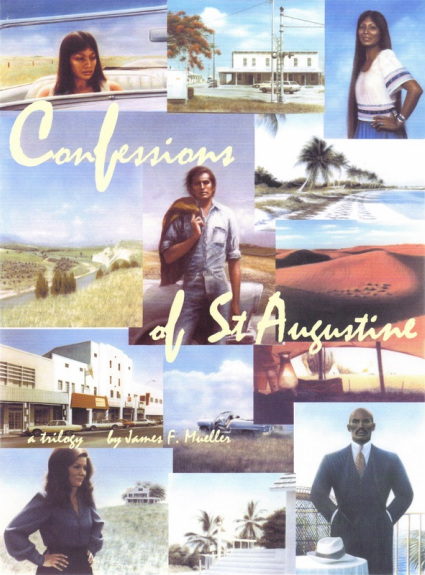We had the good fortune of connecting with James Mueller and we’ve shared our conversation below.
Hi James, what role has risk played in your life or career?
Everything! Call it hubris or just being the consummate artist, but an artist who spends a lifetime on a work of art that may never be seen, read, or heard has to believe it was worth it. For example, 100 years from now, I want my novel to be regarded as the greatest novel of the 21st Century. In the meantime, however, I’ll settle for that cult-like following that generated the kind of response that classics like The Catcher in the Rye, Portnoy’s Complaint, and Catch-22 generated – the kind of novel that not only spoke to a whole generation – but the kind of novel that changed a whole generation – and since I’m already getting responses from readers of every persuasion from every major continent* listing it on Facebook, Instagram, and elsewhere as one of their all-time favorite novels along with the greatest novels of all-time, including the greatest novel of the 20th Century, ULYSSES! the real question now is – where do I go from here? And that’s where my par excellence promoter, Grace McCormick of Lightfinder PR, comes in. Because it’s obvious the one thing I’ve lacked up until Grayce (besides modesty) is a good promoter.
* – No buyers from Antarctica yet.
Because I have to create, it’s not a rational decision – no more than breathing is. From my earliest memories, I created: drawing, building, writing – whatever it took to make my dreams come alive. Paint the picture you always wanted to see and write the novel you always wanted to read -but for me, it even went further: paint the world and write the novel you always wanted to live in. And therein lies the catch. You can’t, of course, unless you settle for a world that can never be.
But Catcher in the Rye changed all that. That was a reality I could live with. At that point, I was determined to continue where Holden had left off and write the “Great American Novel.” But it wasn’t until I read Portnoy’s Complaint that I knew how I would do it. Before that, I merely dabbled in satirical caricatures, comedy skits, and playwriting – initially inspired by Twain, John Osborne (Look Back in Anger), and comedians. Still, it wasn’t until Salinger and Roth that I found my “voice,” and it all came together. From then on, everything I did was merely a means to achieve that goal. Even my painting was initially just a means to write. I just didn’t think it would become as successful as it did.
I always remember what one scholar of modern American literature said – “I like your art, but it pales next to your writing. It’s every bit as good as Saul Bellow.” To make a long story short, in order to support myself while writing “The Great American Novel,” I had an art show in Washington, DC, sponsored by Senator Pete Domenici from Mexico in 1976; later that year, a show in Miami, Florida that was bought out by Robert Abplanalp, the world-famous industrialist, and from that point on he essentially brought every painting I ever painted. In 1980, he flew me up from Miami, where I lived at the time, to meet Richard Nixon in Manhattan and paint his portrait. In 1988, I had a one-person show in Paris, France, with great reviews, and a year later, the president of Beaux-Arts invited me to exhibit at the exclusive Beaux-Arts. And I could go on and on, but the bottom line is none of this success advanced my main goal – that of completing “The Great American Novel.” So shortly after that, I took the “vows of poverty,” essentially living a monastic lifestyle working and living with people with developmental disabilities at a place called Rainbow Acres in Camp Verde, Arizona, so I could for the next 22 years finish up “The Great American Novel” free of the demands of the art world. And that’s when I decided to incorporate my paintings into my novel.
So risk? I always have, and always will – risk it all.

Alright, so let’s move onto what keeps you busy professionally?
What sets me apart from others? Hundreds of paintings and black and white drawings – in a picaresque (as well as picturesque) novel in the tradition of Catcher in the Rye, Portnoy’s Complaint, and Catch-22, but with one more catch – the narrator IS the artist. Set against the background of drawings and paintings as diverse as Daumier and Degas, Hopper and Homer, the stories are woven together in such a way they can only be described as a unique hybrid – a literary novel and an art book that has no rival in the history of the novel (in this case, a trilogy).
And what’s my main reason for writing my Confessions of St. Augustine trilogy? Because I believe the arts have the greatest power to influence people. That’s the rational side of me. Ironically, the other side of me – the real source of my creativity- would instead rather write the “perfect novel” and never be read, then write a hundred lesser ones and have everybody read it (to get back to my opening statement). Like The Secret Life of Walter Mitty or The Hands of Orlac, my mind and hands would eventually betray me. Anything less, but more practical, was doomed to failure because I would rather create that one great masterpiece that would take a lifetime of complete dedication than all those one hundred lesser ones that I knew would guarantee me a life of fame, fortune, and ease.
Over the years, people have asked me why I never pursued my painting when I could have had it all—fame, fortune, and comfort. The answer is simple: I never would have created that novel I always wanted to read, just those paintings I always wanted to see.

Any places to eat or things to do that you can share with our readers? If they have a friend visiting town, what are some spots they could take them to?
I’d start with a night at my daughter’s Airbnb in Old Town Cottonwood, Arizona, with supper at Merkin on the balcony overlooking the Verde Valley and the Red Rocks of Sedona. The next day, we’d drive up Oak Creek through Sedona north of Flagstaff to my daughter’s other Airbnb, with the best view of the San Francisco Peaks anywhere—the next day, the Grand Canyon for the day and then the North Rim of the day after. On the way back, we’d take the long way back by Canyon De Chelly. The last stop would be the Chapel of the Holy Dove, which I helped build back in the summer of ’62, a chapel he would have helped create, too, if it weren’t for the fact we parted in New York City on our way out here. He went on to become a folk singer, starting in Greenwich Village, while I became a novelist and artist who later wrote about all this. His name is Michael Hurley.
I am now living and working with the Apache Indians at the Middle Verde Rock Church, which is located by the Yavapai Apache Reservation in Middle Verde.

The Shoutout series is all about recognizing that our success and where we are in life is at least somewhat thanks to the efforts, support, mentorship, love and encouragement of others. So is there someone that you want to dedicate your shoutout to?
As far as people and events, all those mentioned above. But as far as my own study and research, starting with the Bible, which I repeatedly read, every classic listed on the world’s greatest lists – Shakespeare, Dante, Homer, Tolstoy, Chaucer, Dickens, Joyce (yes even Finnegans Wake), Milton, Virgil, Goethe, Cervantes, etc., etc etc and that’s just for starters – to the point where they’ve become the groundwork for everything I think, do, say, and write about.
Website: https://muellerartandliterature.com/
Instagram: https://www.instagram.com/confessionsofstaugustine/
Facebook: https://www.facebook.com/IconoclastPublishingLLC
Youtube: https://www.youtube.com/@confessionsofst.augustine4094



Image Credits
James Mueller






